 Abraham Lincoln
If given the truth, the people can be depended upon to meet any national crisis...
Abraham Lincoln
If given the truth, the people can be depended upon to meet any national crisis...
 Guildford news...
for Guildford people, brought to you by Guildford reporters - Guildford's own news service
Guildford news...
for Guildford people, brought to you by Guildford reporters - Guildford's own news service
Birdwatcher’s Diary No.220
Published on: 21 Nov, 2020
Updated on: 21 Nov, 2020
By Malcolm Fincham
An overcast day with light drizzle was the welcoming start to November 1 as Dougal and I drove to West Sussex.
Not an ideal day to rejoice, though one of hope of seeing a dusky warbler. It had been reported as being seen in an unusual location, on the edge of a housing estate near Crawley, with properties under construction nearby.
Some previous homework had been to recognise its call. And having not seen this eastern visitor before, I checked it out on YouTube.
The dusky warbler breeds over much of Siberia and as far south as the eastern Himalayas. It is prone to vagrancy with a few occasionally making it as far as the UK during autumn months. This despite a 3,000km distance from its breeding grounds.
Eventually we found the exact spot where it had last been reported, finding ourselves with just a few other birdwatchers with the same interest.
Recognising its contact call, our eyes followed its sound eventually picking it out, skulking about, low in a clump of willow, just beyond a metal fence from the path. Eventually it gave itself up for long enough for a few photo-shots.
November 4 brought the first notable sightings of wood pigeon winter movement in and around the Surrey Hills.
As a rule, wood pigeons are not migratory, but they do tend to gather in large numbers during winter months. Sometimes observed in flocks on the Surrey-Hants borders in excess of thousands, in a constant stream across the sky and often joined by groups from more northerly parts of the country.
A few brighter days during the first weeks of November revelled some pleasant sunsets, though these were few and far between.
The following Sunday I visited Thursley Common with my friend Dougal. We had decided to follow up on reports of a little bunting that had been seen feeding alongside a small group of reed buntings.
Unfortunately, on this occasion it wasn’t to be my day.
By the afternoon the weather had turned more overcast. Poor light that day was hampering my views. My camera was to my surprise slightly more successful at bringing out any colours there were in the dank, still, but mild air.
I was also enlightened by the sighting of a marsh harrier flying just above the tree line in the direction of Hankley Common. This was special, having not to my memory seen one before in Surrey.
The recent irruptions of crossbills, redpolls and siskins for the first time in several years also added to my “birds to look out for” list.
A group of a dozen or more common crossbills allowed me a few photos. One male stood out particularly well, showing off its brick-red outfit as it perched up in a nearby pine tree.
Hampered by fading light, lesser redpolls, although abundant there, proved to be more of a challenge, in spite of their prominent sound.
Various other birds such as siskins and woodlarks could only be picked out by their song. But I did manage a few record shots of meadow pipits.
Although overcast, a hue of pastel shades of colour closed in the landscape engrossing one’s perspectives, like a dream within a dream. At least two red kites were present. Seeing the world around them with far keener eyes than mine.
One of these spent most of the afternoon perched on a dead tree, preening, some way off across the heathland.
While a second bird glided low across the heathland looking for a meal.
I still recall my thoughts and comments made in one of my early diary reports (No. 27).
I wrote: “Red kites, normally sighted between spring and autumn drifting through the county, have continued to be reported locally in the west Surrey area in the last few weeks. This was a bird once regularly seen over the streets of London in pre-Victorian times – before they became persecuted to the verge of extinction in the UK in the last century. Now maybe just a ‘pipe dream’, but wouldn’t they be a wondrous sight to once again take up residence in the Surrey Hills alongside our now resident common buzzards?”
This I wrote back in January 2013, so for me, a ‘pipe dream’ come true. Still rejoicing in my thoughts, as much now as the red kites I saw back then.
The first weeks of November did bring a few bright spells of weather. And even a few more pleasant sunsets. Although on brighter of days, with the sun now setting not much after 4pm, I became very limited, due work commitments, for birdwatching opportunities.
A brief visit between continued heavy showers to Lydling Farm in Shackleford on Sunday, November 15, allowed one of just a few possibilities to venture out.
A break in the clouds made way for a brief spell of bright sunshine. At least four red kites had come out to play. All in good plumage, as their feathers glistened in the sunlight.
Rising from the surrounding fields of alfalfa, were small flocks of skylarks and meadow pipits.
A few wintering fieldfares perched up in leafless, distant trees.
While some redwings could be viewed in flight.
I managed to avoid another shower of rain that pushed though just to the south on strengthening winds. It left in its wake a rainbow in the eastern sky. I could see by the distant blackening western sky, however, that it was time to call it a day.
A brief visit to Lydling Farm again the following day, in the hope of taking some better photos than the previous day, brought with it a dryer spell of weather. Although overcast, I managed to get some better pictures of the healthy looking group of 20 or so linnets, this time feeding by a puddle.
Although just two red kites could be seen on this occasion, my visit was a worthwhile one.
Having heard reports of grey partridges recently seen there, I kept “half an ear open” for their call.
To my surprise I heard it. Although distant at first, my eyes followed the sounds. A covey of eight dark shapes could be instantly recognised as partridges.
Renown for my “gun-slinger” style of actions with my camera. (though not sure complimentary?) I even managed a few in-focus shots as they flew low over the alfalfa crop.
Although unlikely to be “true wild birds”, they were indeed a rare sighting these days in Surrey.
As a rule, this species is pretty much sedentary, rarely roaming far from their birthplace. However, in contrast it’s said these hand-reared birds, released for shooting, seldom stay in the release area for long.
Responses to Birdwatcher’s Diary No.220
Leave a Comment Cancel replyPlease see our comments policy. All comments are moderated and may take time to appear.
Recent Articles
- Guildford Institute’s Crowdfunding Project for Accessible Toilet in its New Community and Wellbeing Centre
- Letter: Guildford – Another Opportunity Missed?
- Letter: GBC’s Corporate Strategy – Where Is the Ambition?
- My Memories of John Mayall at a Ground-breaking Gig in Guildford Nearly Six Decades Ago
- Westborough HMO Plans ‘Losing the Heart of the Street’ Says Resident
- College Invests to Boost Surrey’s Economy and Close Digital Skills Gap
- Community Lottery Brings Big Wins for Local Charities
- GBC Housing Plan Promises ‘A Vibrant Urban Neighbourhood’ Near Town Centre
- Hospital Pillows ‘Shortage’ at the Royal Surrey
- Updated: Caravans Set Up Camp at Ash Manor School


Recent Comments
- Ian Macpherson on Updated: Main Guildford to Godalming Road Closed Until August 1
- Sara Tokunaga on GBC Housing Plan Promises ‘A Vibrant Urban Neighbourhood’ Near Town Centre
- Michael Courtnage on Daily Mail Online Reports Guildford Has Highest-paid Council Officer
- Alan Judge on GBC Housing Plan Promises ‘A Vibrant Urban Neighbourhood’ Near Town Centre
- John Perkins on GBC Housing Plan Promises ‘A Vibrant Urban Neighbourhood’ Near Town Centre
- S Collins on GBC Housing Plan Promises ‘A Vibrant Urban Neighbourhood’ Near Town Centre
Search in Site
Media Gallery
Dragon Interview: Local Artist Leaves Her Mark At One of England’s Most Historic Buildings
January 21, 2023 / No Comment / Read MoreDragon Interview: Lib Dem Planning Chair: ‘Current Policy Doesn’t Work for Local People’
January 19, 2023 / No Comment / Read MoreA3 Tunnel in Guildford ‘Necessary’ for New Homes, Says Guildford’s MP
January 10, 2023 / No Comment / Read More‘Madness’ for London Road Scheme to Go Ahead Against ‘Huge Opposition’, Says SCC Leader
January 6, 2023 / No Comment / Read MoreCouncillor’s Son Starts Campaign for More Consultation on North Street Plan
December 30, 2022 / No Comment / Read MoreCounty Council Climbs Down Over London Road Works – Further ‘Engagement’ Period Announced
December 14, 2022 / No Comment / Read MoreDragon Interview: GBC Reaction to the Government’s Expected Decision to Relax Housing Targets
December 7, 2022 / No Comment / Read MoreHow Can Our Town Centre Businesses Recover? Watch the Shop Front Debate
May 18, 2020 / No Comment / Read More




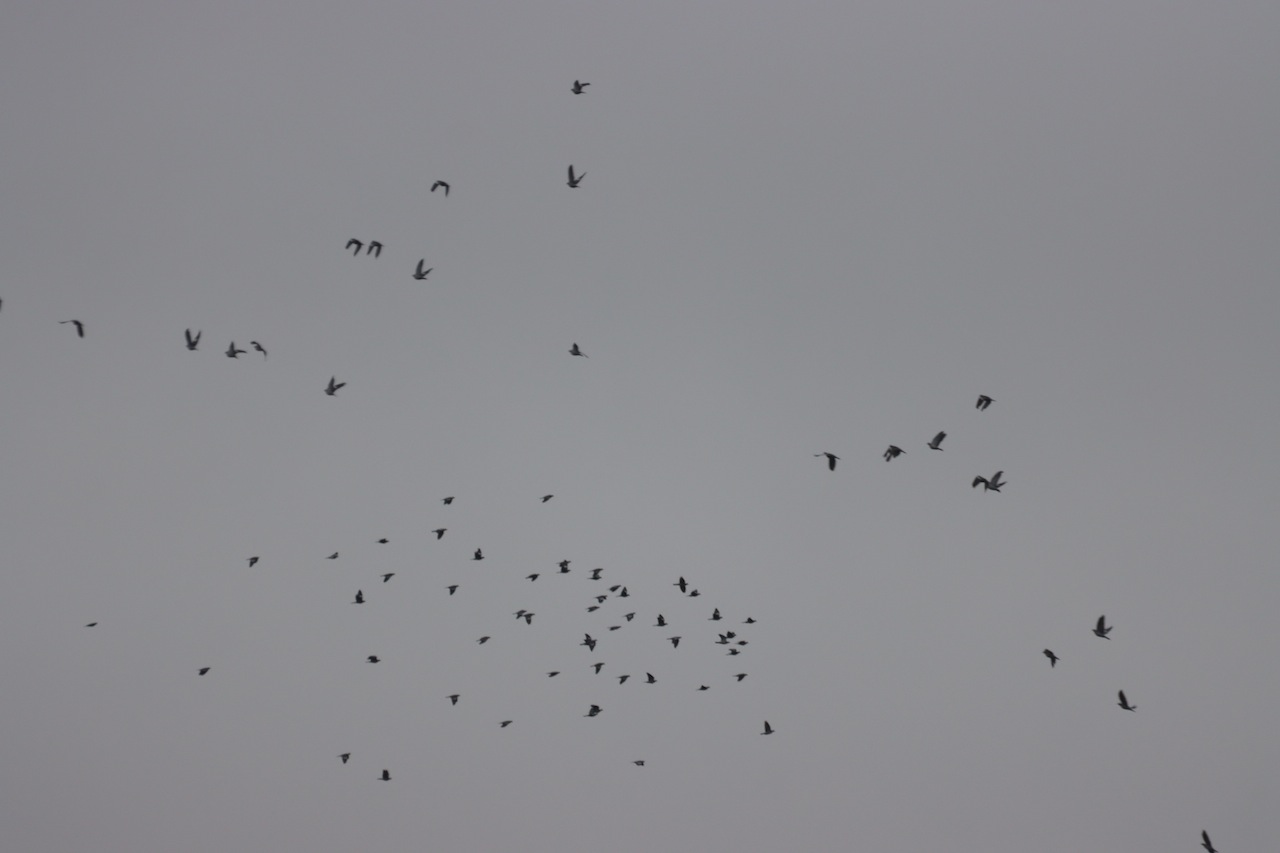
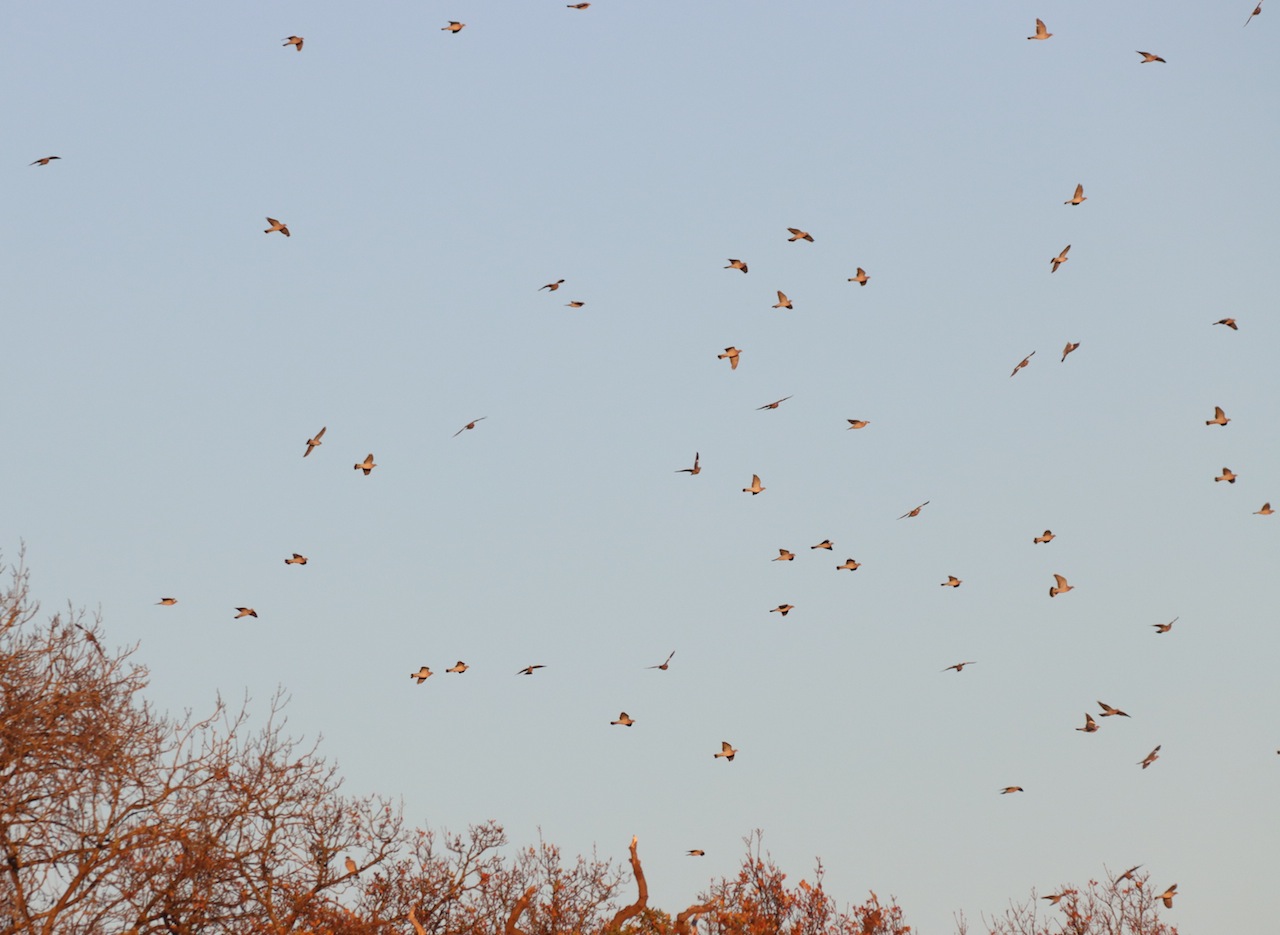
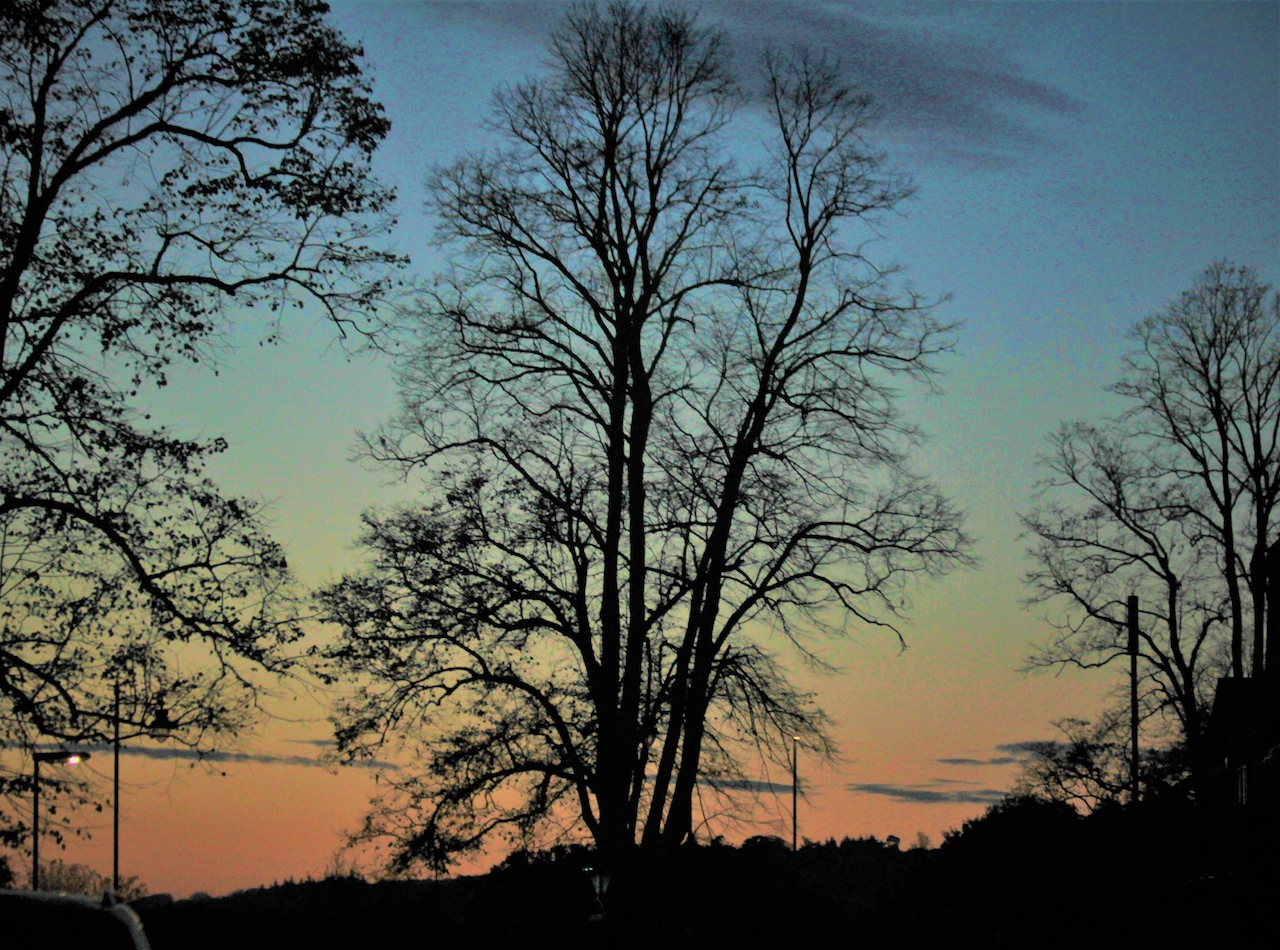
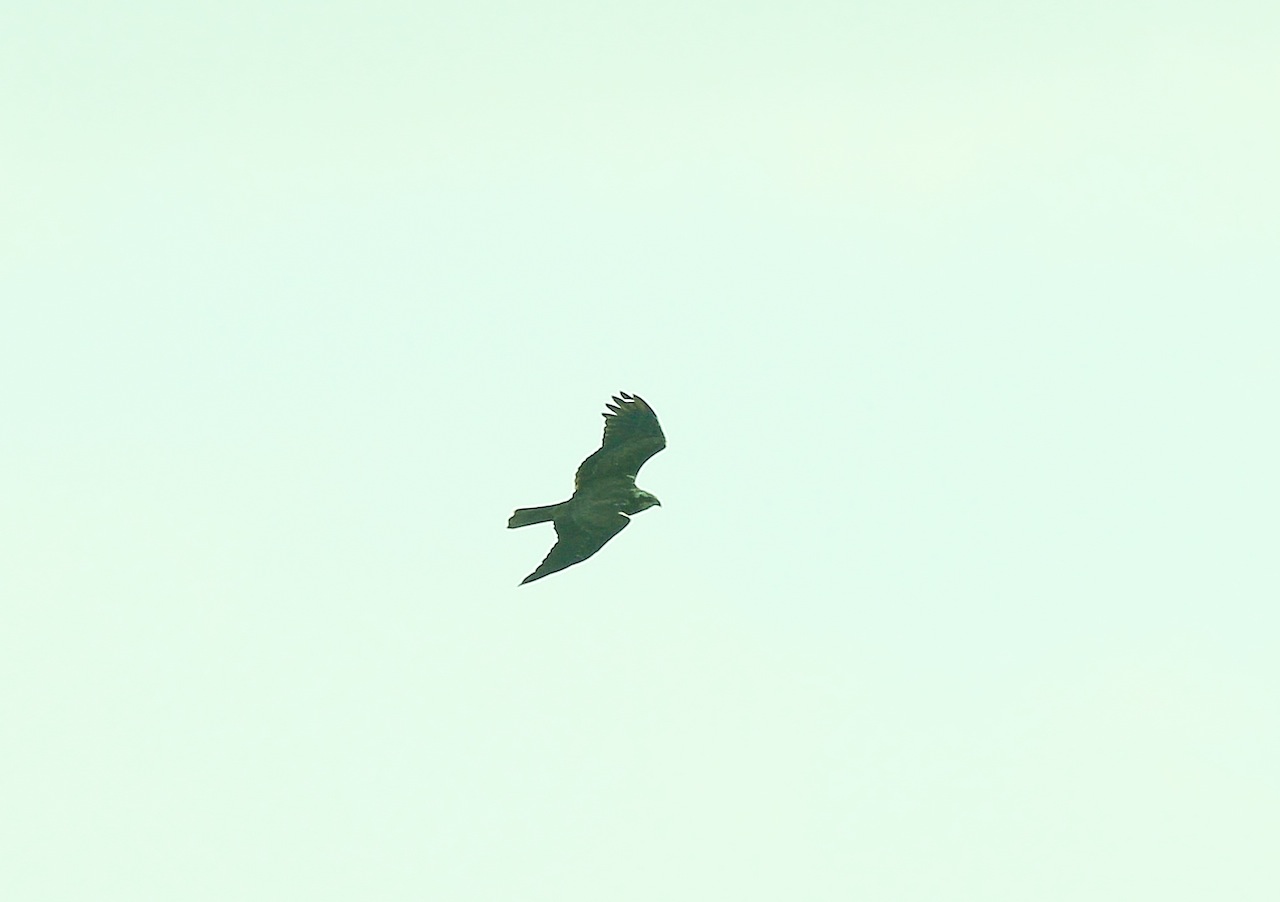
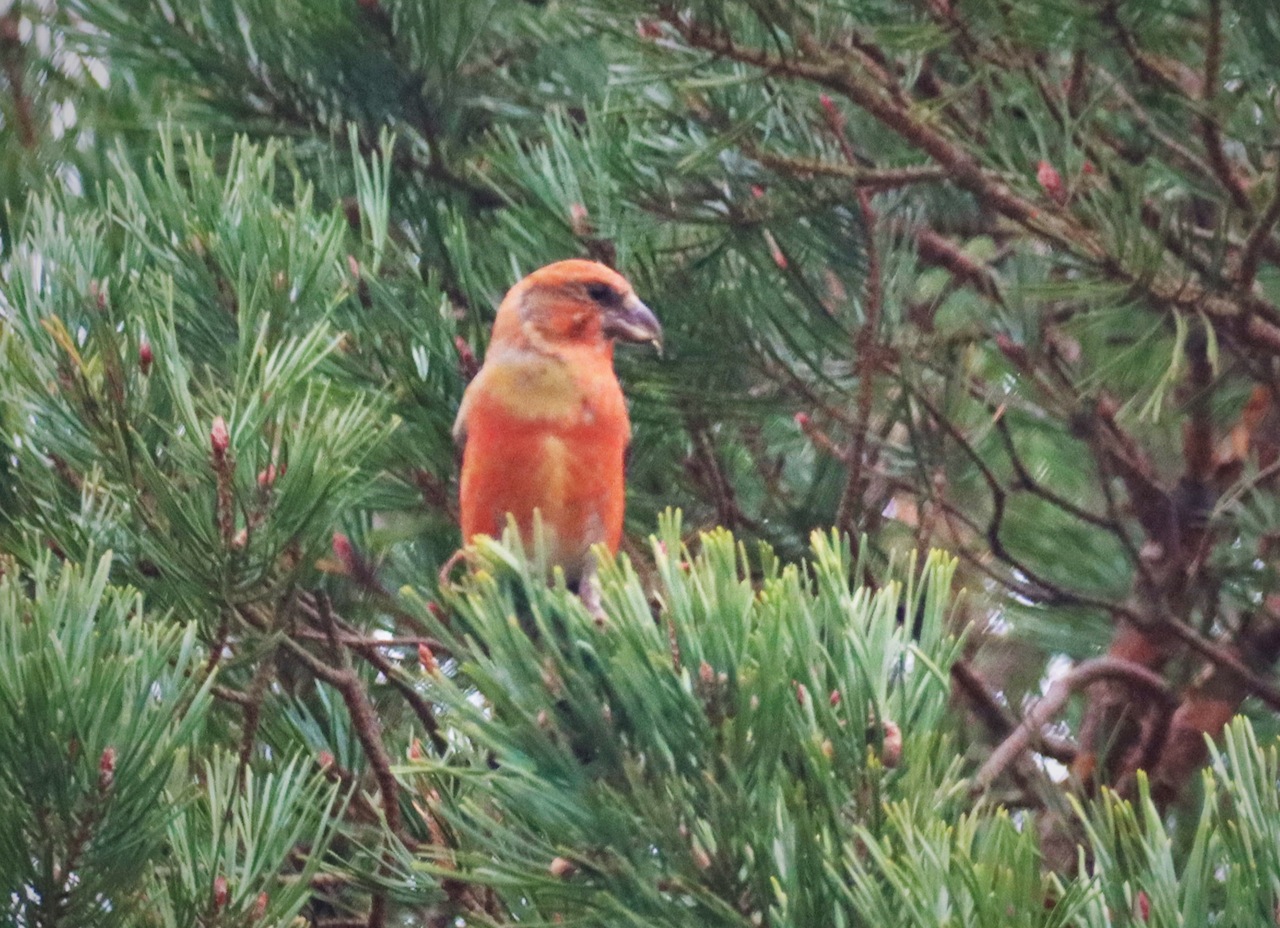

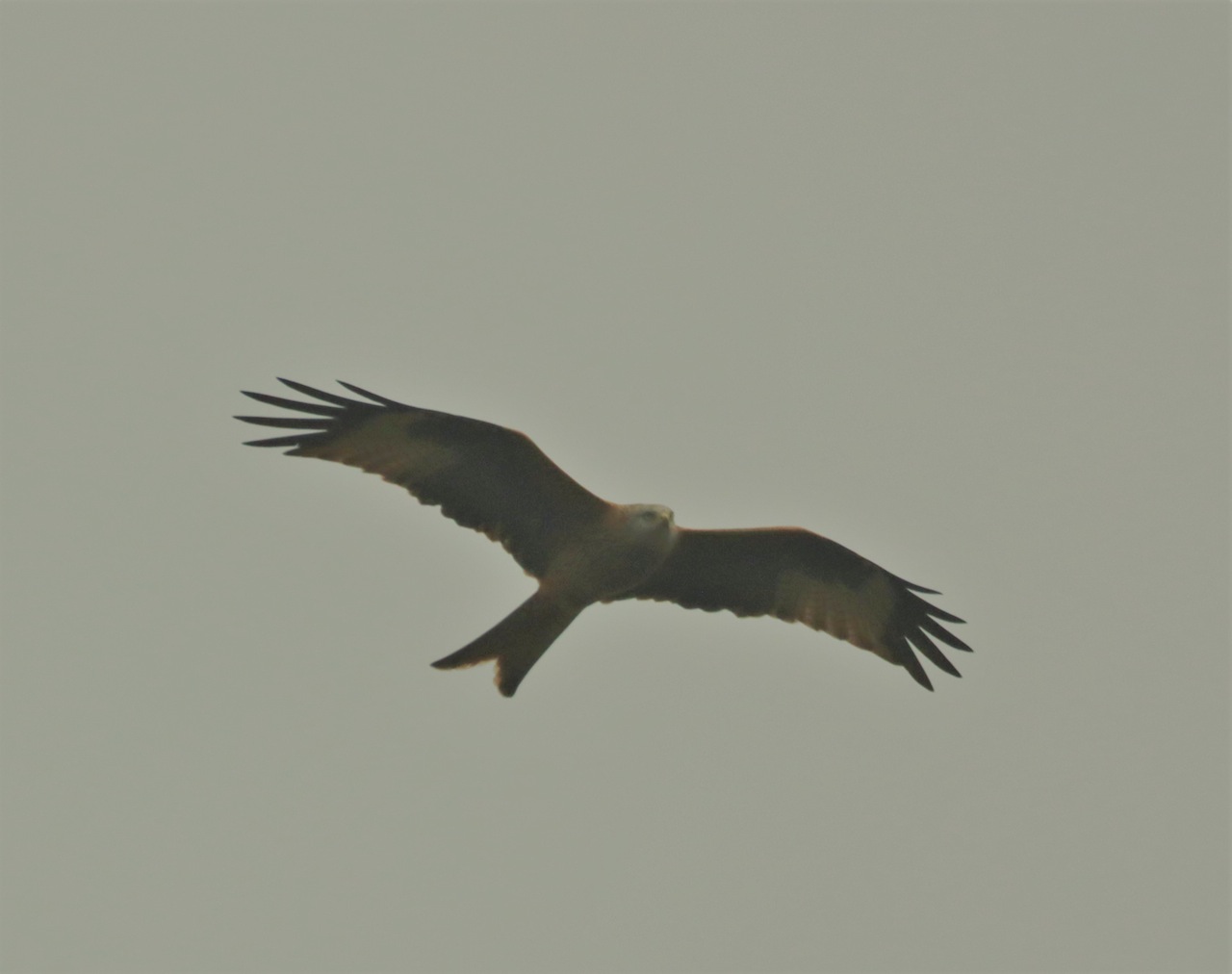
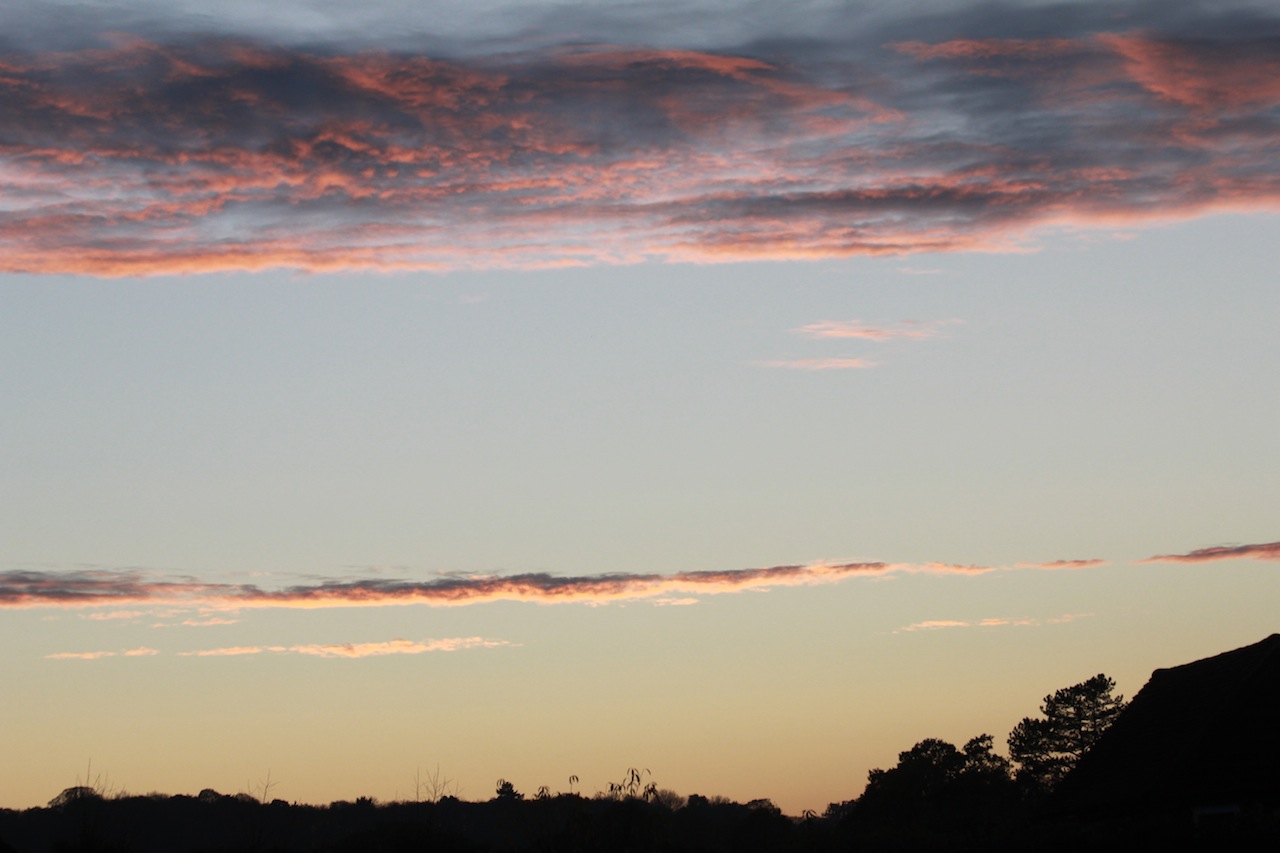


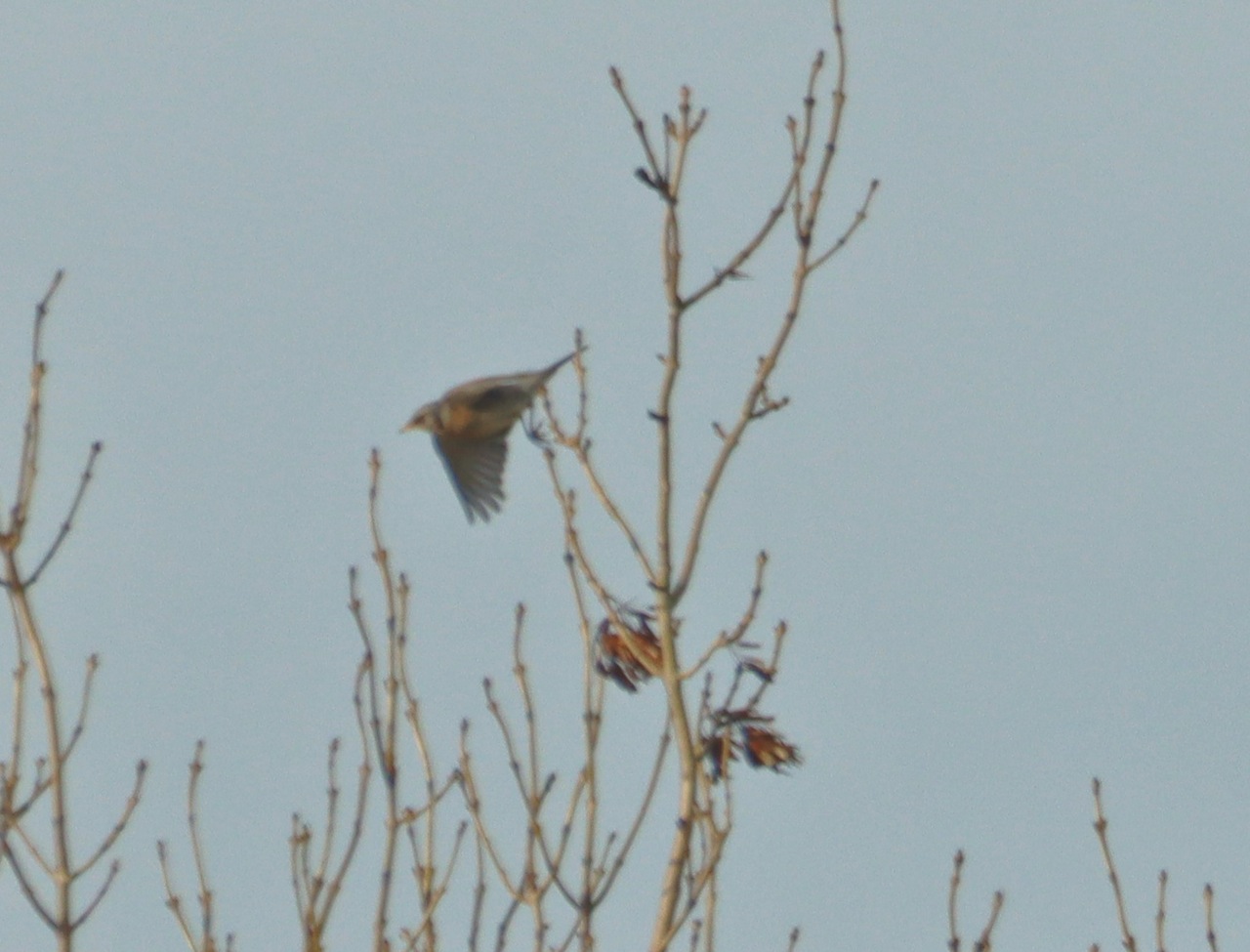

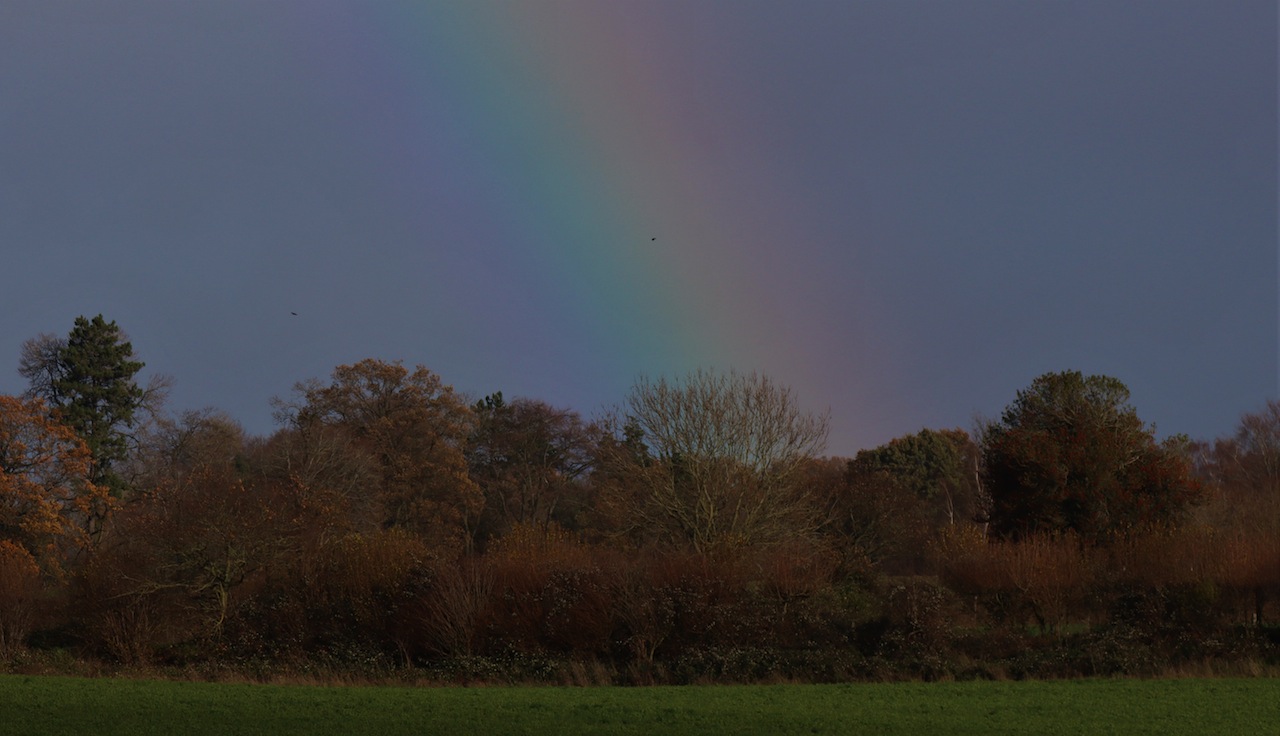
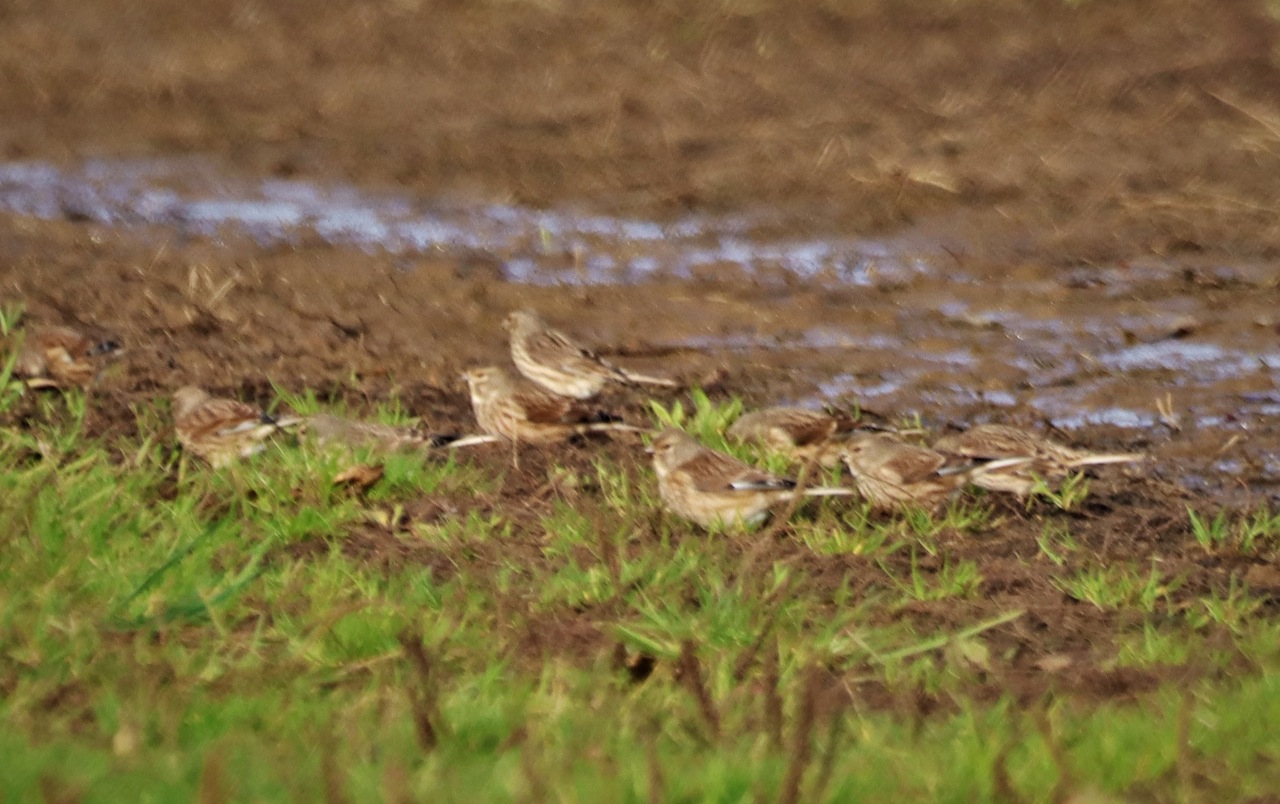
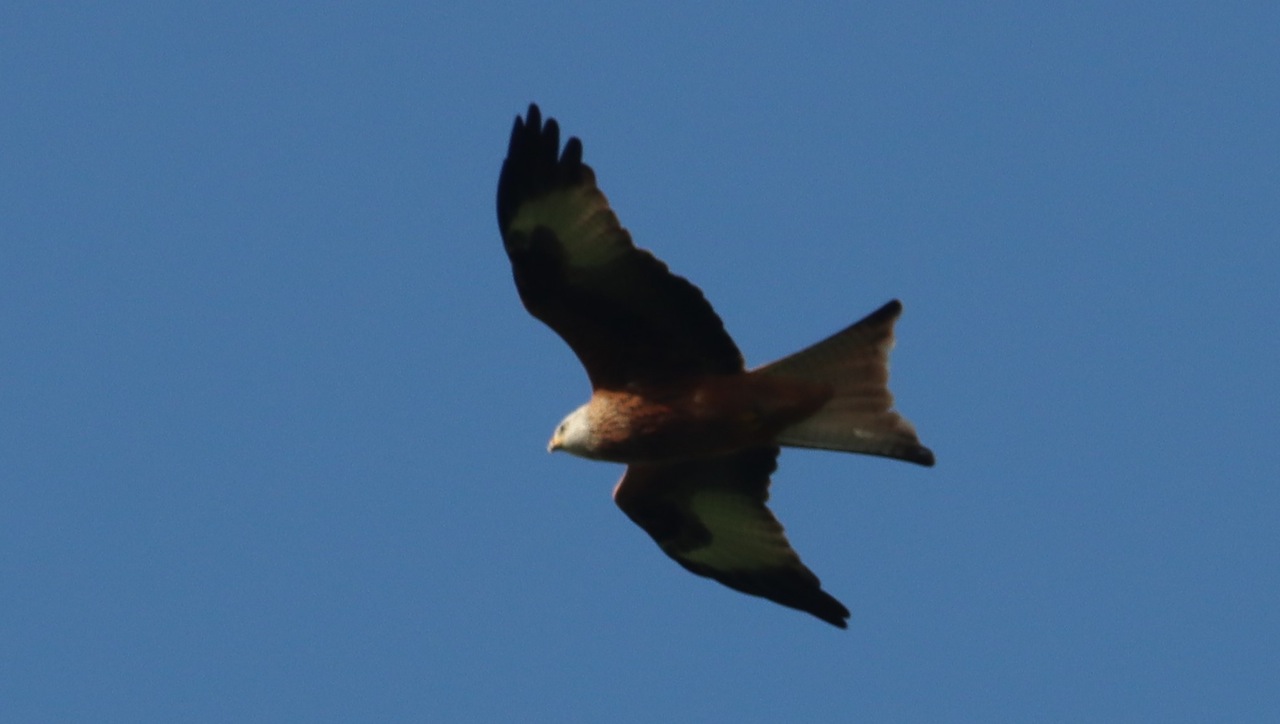







Gillian Stokes
November 23, 2020 at 9:28 pm
When were the grey Partridges seen please?